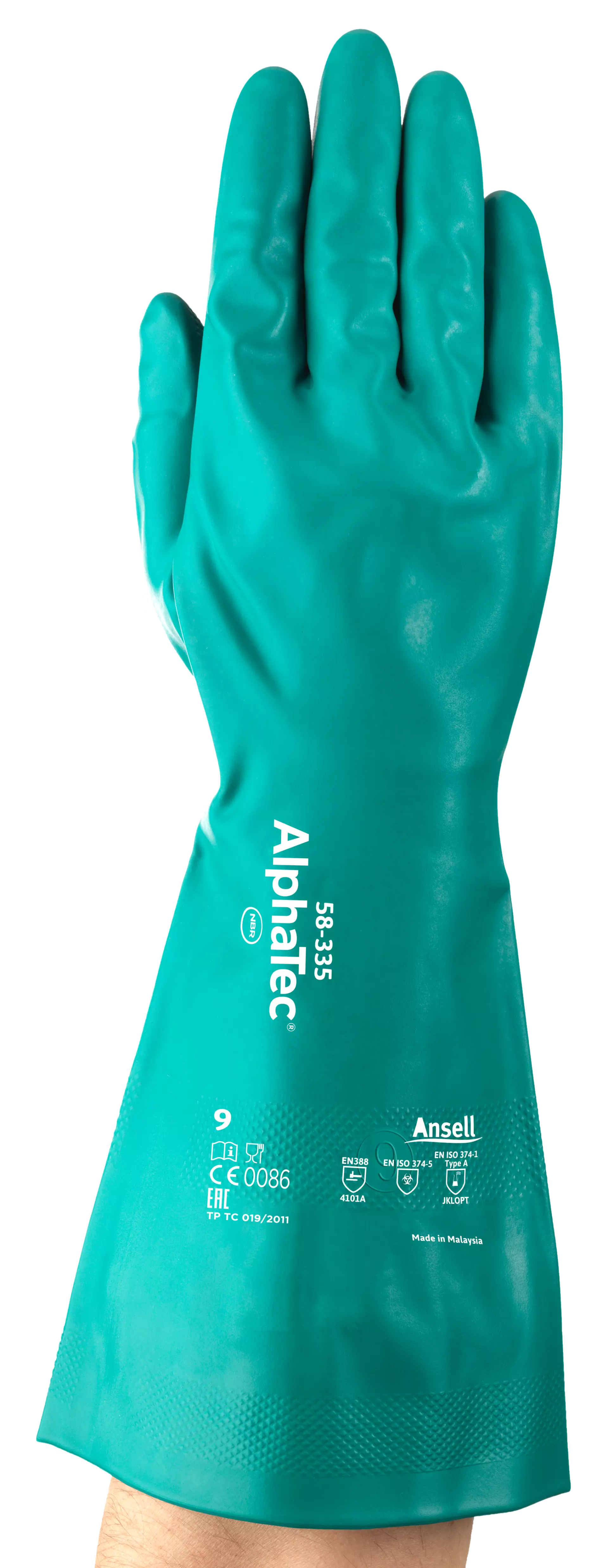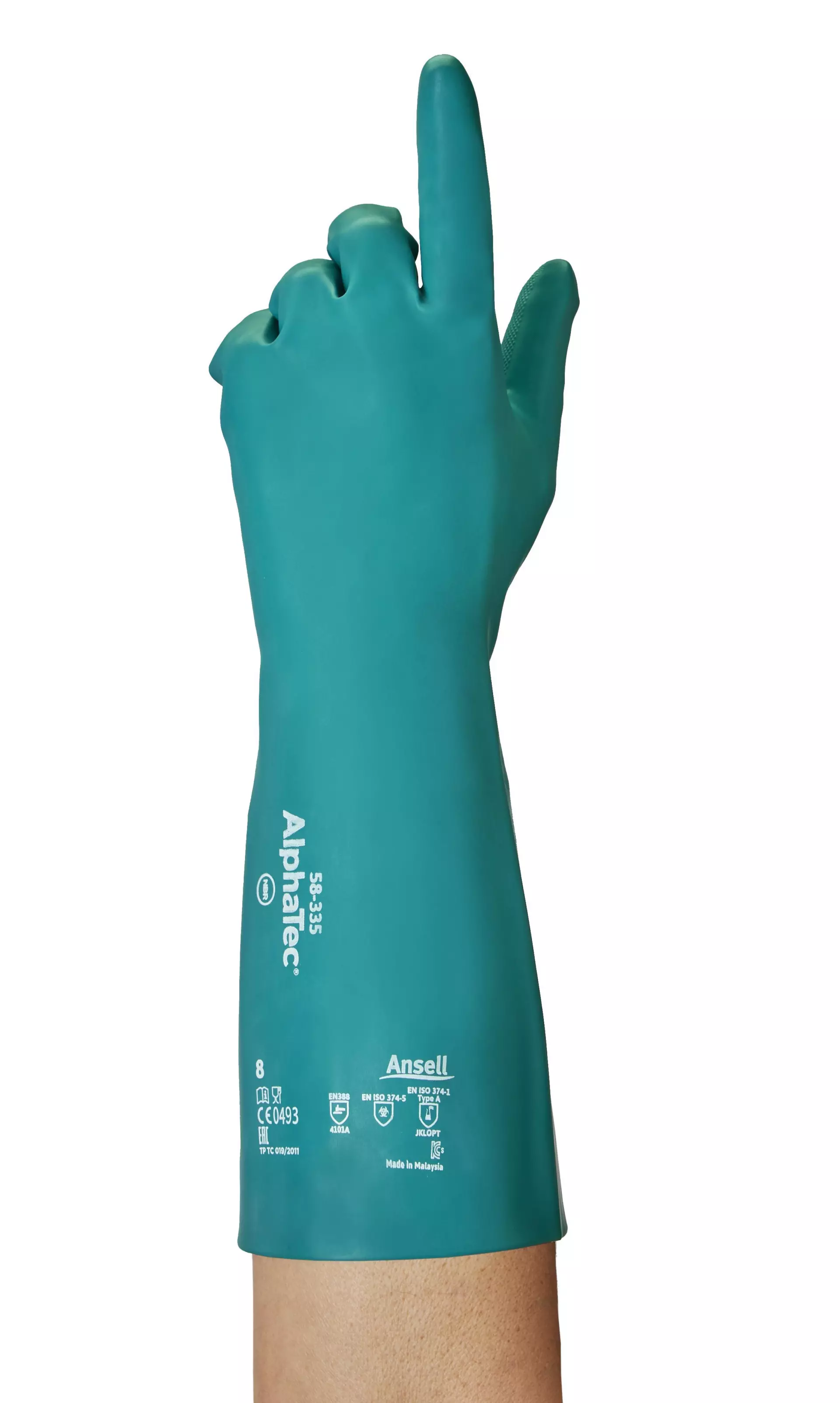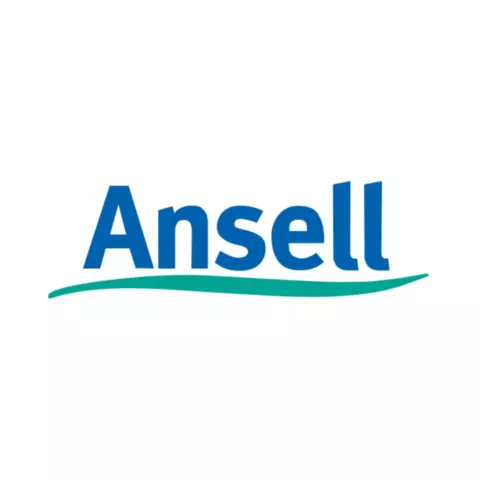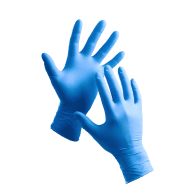Product description
Description
Optimized comfort: Designed with dual-layer coating featuring AQUADRI™ Moisture Management Technology, AlphaTec® 58-335 chemical protection gloves significantly reduce perspiration, keeping hands dry for longer
Heightened durability: Thanks to their high-performance nitrile compound, these durable work gloves are more resistant to snags, punctures and abrasion than rubber or neoprene gloves
Improved grip: AlphaTec® 58-335 industrial gloves’ reversed lozenge palm finish also delivers improved wet and dry grip
Enhanced features: They are also FDA-approved food handling gloves and are designed with a foldable cuff gutter to prevent dripping onto the forearm (they feature a longer cuff than the AlphaTec® 58-330)
Certified antistatic properties: In addition, they meet EN 1149 antistatic standards
Recommended for
Assembly & inspection of components
Oil, fluids and filter change
Painting or cleaning tools or robots
Plating, coating, sealing, painting
Handling incoming goods
Transferring liquids and solids
Opening and draining pumps valves or lines
Loading and unloading of proces equipment
Transferring liquids and solids between vessels and tanks and process equipment
Opening furnaces draining pumps valves or lines and crackers BTX process
Cleaning furnaces, distillation pumps, valves or lines and crackers BTX process
Product Details
Antistatic: Yes En1149
Available Sizes: 7, 8, 9, 10, 11
Chlorinated: Yes
Coating Color: Green
Coating Material: Nitrile
Construction: Unsupported
Cuff Style: Gauntlet
Grip Design: Reversed Lozenge
Latex Free: Yes
Silicone Free: Yes
Length (Mm/Inches): 380 / 15
Palm Thickness (Mm/Mil): 0.74 / 29.1
About Reusable Nitrile Gloves
Reusable Nitrile Gloves offer superior chemical resistance and durability for industrial, laboratory, and food handling tasks. Made from synthetic rubber, these latex-free gloves provide excellent grip and tactile sensitivity while protecting hands from chemicals, oils, and punctures through multiple uses.
- Chemical Resistance
- Food Service
- Electrical Protection
- Antimicrobial Protection
- Hand Protection
Standards and labels
Ansell delivery terms
Free delivery for all Ansell products
316,60 €
Price per 6 packages (72 pairs)
4,40 € / pair
Free delivery
A carton contains 6 packages (72 pairs)







